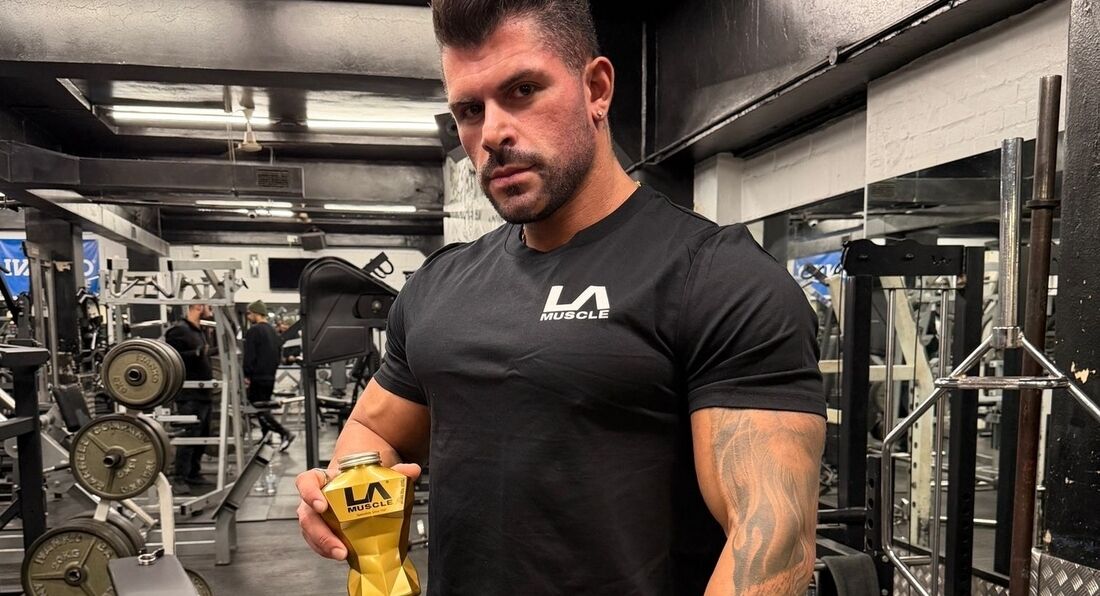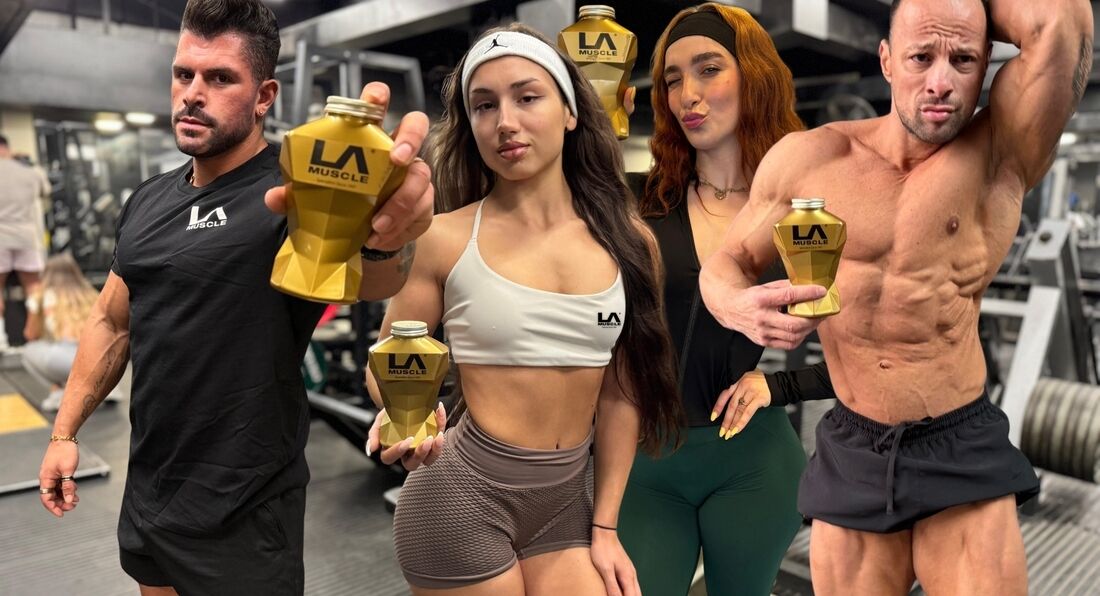The Knowledge > Exclusive Articles >
Friday, 30th May 2025
10 Powerful Ways NLP Can Help You Achieve Your Gym Goals
By LA Muscle on 30.05.2025 04:15 pm

If you're training hard but not quite getting the results you want, it may not be your workout routine that's holding you back—it could be your mindset. Neuro-Linguistic Programming, or NLP, is a set of psychological techniques that help you rewire how you think, feel, and behave. It’s widely used in therapy, business, and sports—and it can be a powerful tool for gym-goers too.
Here are 10 powerful NLP strategies you can use to level up your performance in the gym and start smashing your goals.
1. Visualise Yourself Bigger, Stronger, and Fitter
Before a lift, close your eyes and imagine yourself with the physique you’re working toward. See your muscles fuller, your form perfect, your posture powerful. By programming your subconscious to see your goal body, you're more likely to behave in ways that lead you there—inside and outside the gym.
2. Shrink the Weight in Your Mind
Facing a heavy barbell? Use the NLP technique of submodalities to shrink the perceived challenge. Mentally imagine the weight as smaller and lighter. See it as closer, more manageable, even glowing with energy. This shift can reduce hesitation and increase your confidence before a lift.
3. Anchor Peak States
Think of a time when you felt unstoppable—maybe a PB, a win, or a moment of raw energy. Squeeze your fist, press your thumb and finger together, or use another physical cue. Repeat the process often while in peak emotional states to “anchor” them. Then, when you’re about to lift or sprint, fire that anchor to tap into the same internal strength instantly.
4. Reframe Fatigue
Instead of interpreting fatigue as weakness, use NLP reframing to redefine it. Say to yourself, “This burn means I’m growing,” or “Pain is weakness leaving the body.” How you label sensations determines how you experience them—and your brain listens to every word.
5. Change the Inner Dialogue
Pay attention to your self-talk before, during, and after workouts. If you hear things like “I can’t,” “I’m tired,” or “I’ll fail,” use NLP’s swish pattern. Replace the limiting thought with an image or voice of you completing the set with power and ease. Practice flipping the switch every time negative talk appears.
6. Use Future Pacing
Future pacing involves mentally rehearsing success. Visualise walking into the gym tomorrow with confidence. See yourself hitting your lifts, finishing strong, and walking out proud. Your subconscious mind will begin treating this outcome as inevitable—and act accordingly.
7. Create a Powerful Gym Identity
In NLP, identity shapes behaviour. Instead of saying, “I’m trying to get in shape,” shift your self-concept to “I’m an athlete,” or “I’m someone who trains hard and eats clean.” When you adopt the identity of someone who already does the work, motivation becomes second nature.
8. Eliminate Gym Anxiety with Anchoring
If you ever feel self-conscious, anxious, or tense in the gym, use an anchor tied to calm and confidence. Imagine a previous moment where you felt in complete control. Feel it in your body, then press your hand on your chest or touch your thumb and index finger together. Trigger that anchor anytime nerves creep in.
9. Set SMART Goals Using NLP Language
NLP teaches that clarity creates power. Set goals that are Specific, Measurable, Achievable, Relevant, and Time-bound. But go deeper: use sensory language. “I want to see my abs in the mirror by July,” or “I want to feel stronger and more powerful when I grip the barbell.” Vivid goals engage the brain more fully.
10. Collapse Old Patterns and Install New Ones
Maybe you used to skip leg day. Or quit early when workouts got tough. NLP uses pattern interruption to break old habits. For example, each time you feel the urge to quit, smile and say “let’s go” out loud. It’s odd enough to break the pattern—and trigger a new response instead.
Your body will only go as far as your mind lets it.
NLP gives you the tools to align your thoughts, emotions, and beliefs with your physical goals.
By imagining yourself stronger, reframing effort as growth, and creating new mental associations, you unlock a performance edge that most people never tap into.
Start small. Practice one or two of these NLP techniques at a time. Over weeks and months, they will compound—creating powerful change not just in the gym… but in your entire life.




























